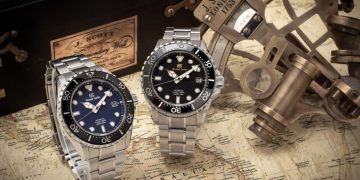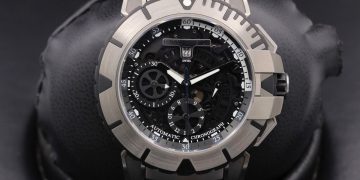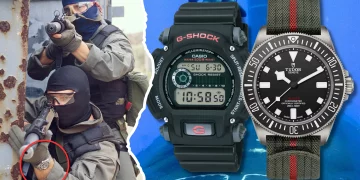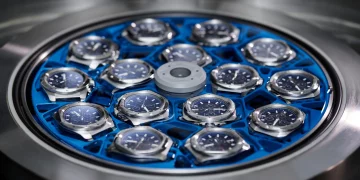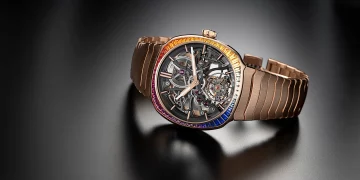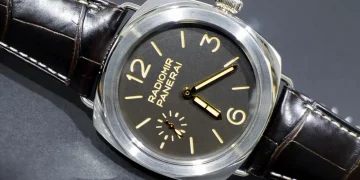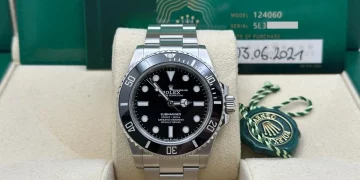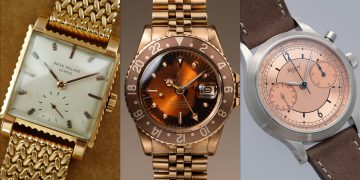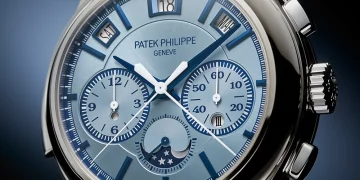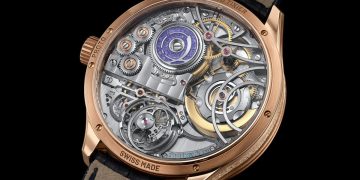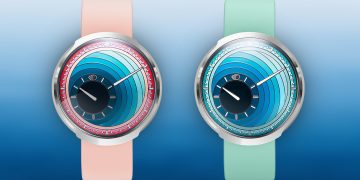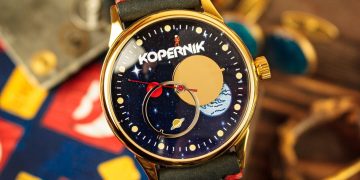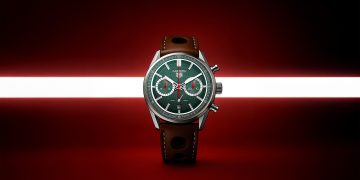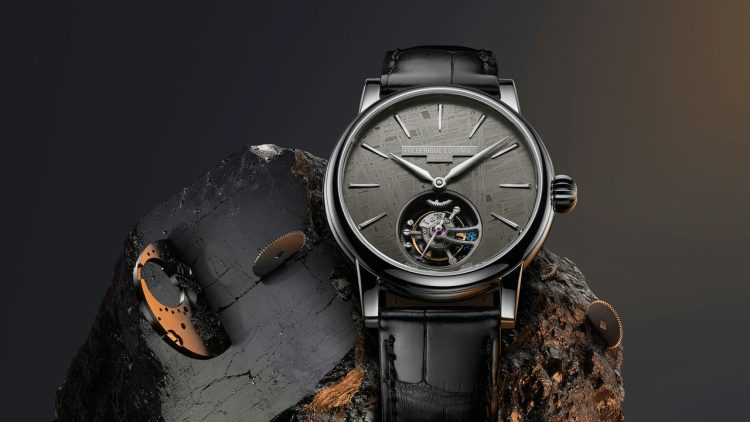Introduction
Watches with complications such as the Perpetual Calendar and Tourbillon have long been admired in the horological world. These complex mechanisms represent the pinnacle of watchmaking craftsmanship. However, with their intricacy comes a unique set of maintenance challenges. This article explores the maintenance and care requirements of Perpetual Calendar and Tourbillon watches, comparing their specific needs and offering guidance on how to best preserve these masterpieces.
By understanding the unique demands of each, watch owners can ensure that these sophisticated timepieces continue to perform at their highest level, maintaining their functionality and aesthetic beauty for years to come.
1. What is a Perpetual Calendar Watch?
A Perpetual Calendar watch is a marvel of watchmaking that tracks days, months, leap years, and more without requiring manual adjustments for non-leap years or variations in month lengths. This complication automatically adjusts the calendar, making it highly practical for daily wearers.
Historical Background and Functionality
- Origins: The concept of the perpetual calendar has its roots in early mechanical watches, but it was popularized by brands like Patek Philippe and Audemars Piguet. The first perpetual calendar watches were produced in the 19th century.
- Mechanics: At its core, the perpetual calendar mechanism includes a series of cams, gears, and levers that account for day, date, month, and leap years.
Maintenance Needs for Perpetual Calendar Watches
Because of their complex calendar systems, perpetual calendar watches require specialized care. A simple mechanical malfunction can disrupt the entire calendar, leading to inaccurate timekeeping.
- Winding: These watches require regular winding, especially when not worn daily. The calendar wheels and date-changing mechanisms need to be kept in motion to avoid issues.
- Service Intervals: A typical service interval for perpetual calendars is every 3 to 5 years, depending on usage. This service usually involves checking the lubrication of calendar parts and ensuring calendar alignment.
- Common Issues: Over time, the calendar mechanism may misalign or experience wear. Incorrect handling or magnetic interference may also disrupt the calendar’s accuracy.
2. What is a Tourbillon Watch?
The Tourbillon complication is an intricate piece of horological engineering designed to counteract gravity’s effect on a watch’s accuracy. The rotating escapement is housed in a cage that continuously rotates, ensuring that the balance wheel remains unaffected by gravity regardless of the watch’s position.
Historical Context and Functionality
- Origin: Created by Abraham-Louis Breguet in 1795, the tourbillon was originally intended to improve the accuracy of pocket watches. Today, it remains a hallmark of watchmaking expertise, symbolizing precision and craftsmanship.
- Mechanics: The tourbillon works by housing the escapement and balance wheel in a rotating cage, which compensates for positional errors, offering more consistent timekeeping.
Maintenance Needs for Tourbillon Watches
Tourbillon watches are even more sensitive and complex than perpetual calendars, requiring particular attention to their moving parts.
- Winding: Tourbillon watches require regular winding to ensure that the escapement and balance wheel continue functioning. Watches that are not worn daily should be kept in a watch winder to maintain optimal performance.
- Service Intervals: Tourbillon watches often need more frequent servicing than perpetual calendars, with 2 to 4-year intervals being typical, depending on usage.
- Common Issues: Tourbillons are sensitive to shocks and can be damaged if dropped or exposed to harsh movements. Over time, the rotating cage can also experience friction or oil degradation, leading to performance degradation.
3. Comparing the Maintenance Requirements of Perpetual Calendar and Tourbillon Watches
While both perpetual calendar and tourbillon watches represent cutting-edge horology, their maintenance needs differ significantly due to their respective mechanisms.
Mechanical Complexity
- Perpetual Calendar: The calendar mechanism in perpetual calendars is inherently complex, requiring multiple gears and cams to interact precisely. Maintenance involves ensuring these parts remain well-lubricated and free of debris.
- Tourbillon: The escapement system in a tourbillon is far more intricate. The rotating cage demands precision to maintain its function, and the balance wheel’s stability is critical for timekeeping accuracy.
Vulnerability to Damage
- Perpetual Calendar: The perpetual calendar’s main vulnerabilities come from misalignment of the calendar mechanism or failure in the leap year adjustment. The system’s reliance on mechanical movement means it can also experience wear over time.
- Tourbillon: The tourbillon is incredibly sensitive to shocks and impacts. The rotating cage and escapement are fragile and can easily be damaged if not handled with care.
Service Frequency and Costs
- Perpetual Calendar: Due to its relatively stable mechanical structure, perpetual calendars usually need servicing less frequently than tourbillons. The costs can still be significant, as it requires skilled professionals to recalibrate the calendar and ensure proper function.
- Tourbillon: The tourbillon’s delicate mechanism requires frequent servicing, often involving higher costs due to the specialized nature of the escapement. Servicing involves not only cleaning and lubricating the parts but also ensuring that the rotating cage continues to move smoothly.
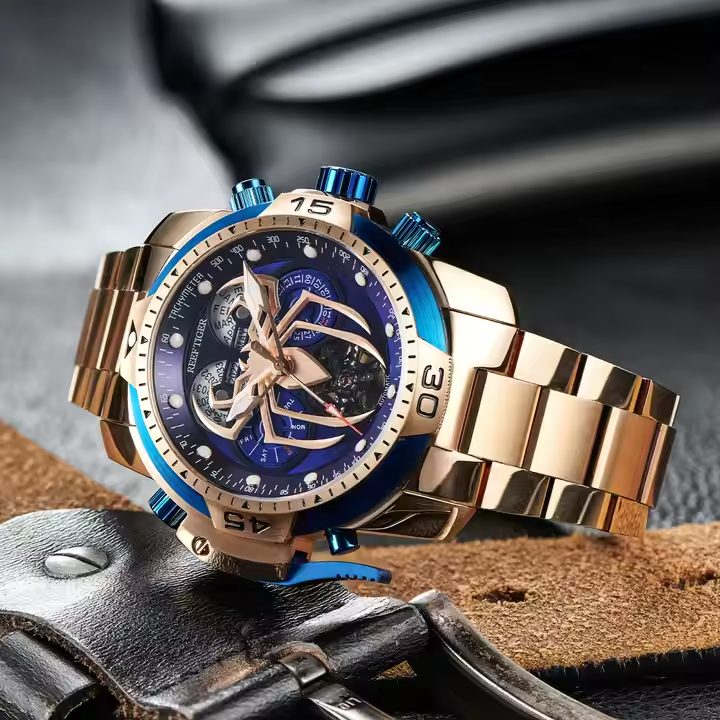
4. Key Considerations for Proper Maintenance
Care Tips for Perpetual Calendar Watches
- Winding: Regular winding is essential, especially when the watch is not being worn. This prevents the calendar mechanism from malfunctioning.
- Storage: When not in use, a watch box or winder should be used to protect the watch from dust, moisture, and magnetic fields that could affect its performance.
- Service: Professional servicing is a must for lubricating the gears, ensuring the calendar stays aligned, and checking that the movement remains accurate.
Care Tips for Tourbillon Watches
- Handling: Given their delicate nature, tourbillon watches must be handled carefully. Avoid exposing them to sharp impacts, and refrain from banging the watch on hard surfaces.
- Winding and Storing: When not worn, a watch winder is ideal to keep the tourbillon’s movement consistent. If winding manually, ensure that the watch is wound regularly to maintain power reserve.
- Regular Servicing: Frequent checks by a watchmaker are necessary to ensure the escapement system continues functioning properly, especially the rotating cage.
5. Conclusion: The Role of Maintenance in Owning a Perpetual Calendar and Tourbillon Watch
Both Perpetual Calendar and Tourbillon watches are extraordinary feats of watchmaking, representing years of innovation, precision, and artistry. However, their maintenance needs reflect their inherent complexities.
- Perpetual Calendar Watches: While requiring less frequent servicing, these watches still demand regular attention to ensure the calendar mechanism functions properly over time.
- Tourbillon Watches: Tourbillons are more sensitive to wear and tear due to their delicate moving parts, requiring more frequent servicing and handling care.
Owning a watch of such complexity is a responsibility that goes beyond just enjoying its beauty and functionality. Proper care, including regular winding, professional servicing, and safe storage, is essential for ensuring the longevity of these timepieces and the continued precision of their complications.


